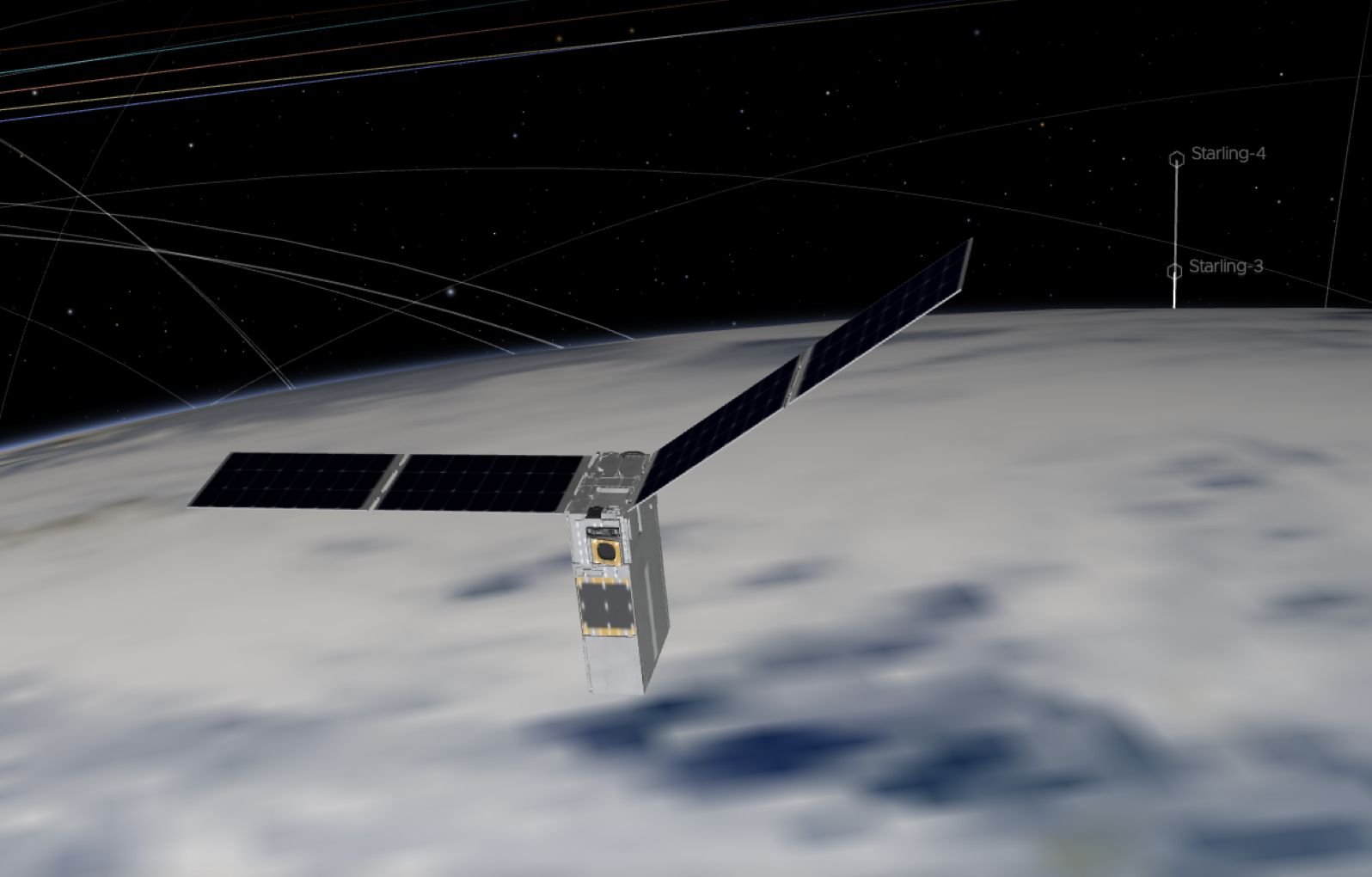Like a Diamond in the Sky: How to Spot NASA’s Solar Sail Demo in Orbit

Now that its reflective sail has deployed fully open in orbit, the Advanced Composite Solar Sail System can be seen in the night sky from many locations across the world!
Stargazers can join NASA’s #SpotTheSail campaign by using the NASA app on mobile platforms to find out when the spacecraft will be visible at their location. The app, which is free to use and available on iOS and Android, provides a location-specific schedule of upcoming sighting opportunities. A built-in augmented reality tool points users to the location of the spacecraft in real time.
Can you spot the solar sail? Share your viewing experience online using the hashtag #SpotTheSail for a chance to be featured on NASA’s website and social media channels.
Here’s how to use the sighting prediction tool:
- Install and open the NASA app on an iOS or Android device.
- Tap on the “Featured” tab on the bottom navigation bar.
- Tap on the Advanced Composite Solar Sail System mission from the Featured Missions at the top of the screen.
- Tap on the “Sightings” tab on the bottom navigation bar. A list of all the upcoming sightings for your location will be displayed.
- If you are using an iOS device, you can tap on the “Sky View” link for an augmented reality guide to help you locate the spacecraft’s real-time location during the visible pass.
NASA’s Advanced Composite Solar Sail System is testing new technologies in low Earth orbit, including a composite boom system that supports a four-piece sail. Not to be confused with solar panels, solar sails allow small spacecraft to “sail on sunlight,” eliminating the need for rocket fuel or other conventional propellants. This propulsion technology can enable low-cost deep space missions to increase access to space.
For ongoing mission updates, follow us on social media:
X: @NASAAmes, @NASA
Facebook: NASA Ames, NASA
Instagram: @NASAAmes, @NASA
NASA’s Ames Research Center in California’s Silicon Valley manages the Advanced Composite Solar Sail System project and designed and built the onboard camera diagnostic system. NASA’s Langley Research Center in Hampton, Virginia, designed and built the deployable composite booms and solar sail system. NASA’s Small Spacecraft Technology program office based at NASA Ames and led by the agency’s Space Technology Mission Directorate (STMD) in Washington, funds and manages the mission. NASA STMD’s Game Changing Development program developed the deployable composite boom technology. Rocket Lab USA, Inc of Long Beach, California, provided launch services. NanoAvionics provided the spacecraft bus.





